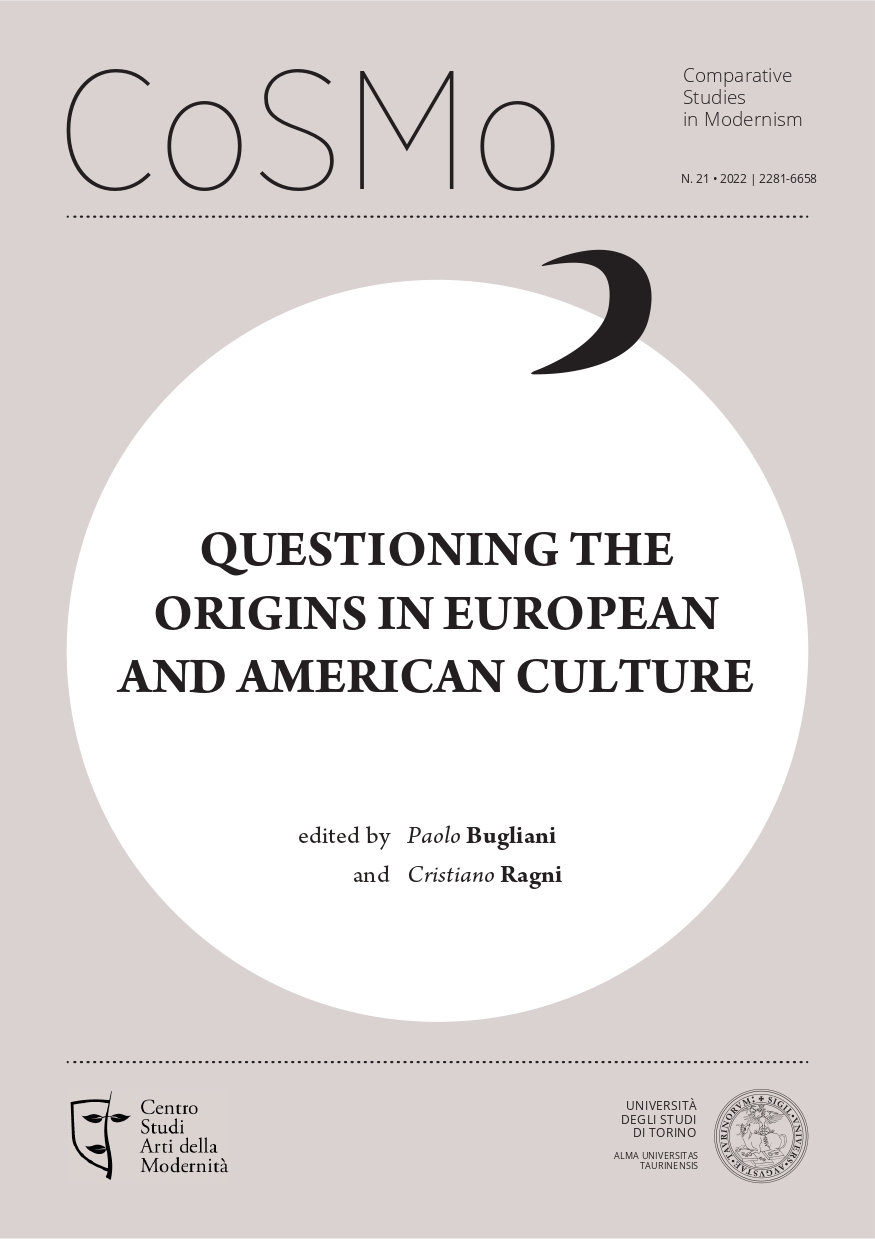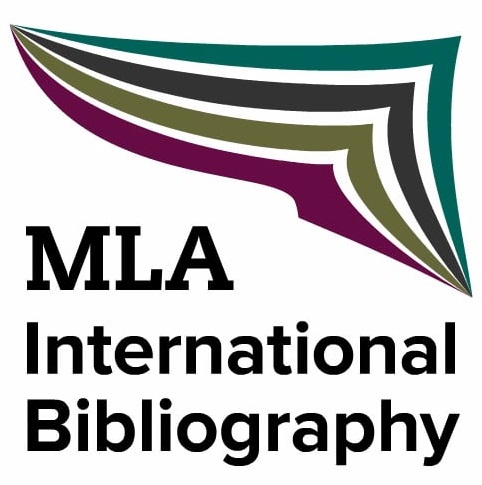Memoria del futuro tra paradigma e sintagma
DOI:
https://doi.org/10.13135/2281-6658/7008Parole chiave:
Psychoanalysis, Semiotics, Humanities, InternetAbstract
The reflections brought about in the present paper are developed along a renewed dialogue between psychoanalysis and the human sciences, in particular with semiotics understood as the science of signification, a science, according to the definition that Saussure gave in the early twentieth century, "that studies the life of signs within the framework of social life." The specific object of our reflection is understanding whether and how the mentalization abilities of modern humans have changed along with modern digital media. If what MacIver observed about "anomie" is true, namely, that anomic man "lives on the fragile thread of immediate sensations that have no past as well as no future," the specific structure of social media seems to determine psychosocial processes characterized by the flattening of an existential perspective dimension. Social media, in fact, is marked by a linear dimension, referred to by linguists as syntagmatic, and an extreme redundancy of the other fundamental dimension of language, namely the paradigmatic one. This linguistic and, in our opinion, also deeply psychological imbalance toward a horizontal superficiality "without past and without future" actually configures, in clinical experience, a contiguous-autistic dimension. Psychotherapeutic work then aims more than ever at recovering the capacity for a processual journey, session after session, in order to rebuild a vital "psycho-semio-narrative" capacity. Remembering in order to invent, then, and a "memory of the future" such that the relationship between narrative and Origins is not so much and not only the "narrative of origins," but storytelling as a deeply mental and dreamlike tool to originate a future never before imagined.
Downloads
##submission.downloads##
Pubblicato
Fascicolo
Sezione
Licenza
Gli autori mantengono i diritti sulla loro opera e cedono alla rivista il diritto di prima pubblicazione dell'opera, contemporaneamente licenziata sotto una Licenza Creative Commons - Attribuzione che permette ad altri di condividere l'opera indicando la paternità intellettuale e la prima pubblicazione su questa rivista.







